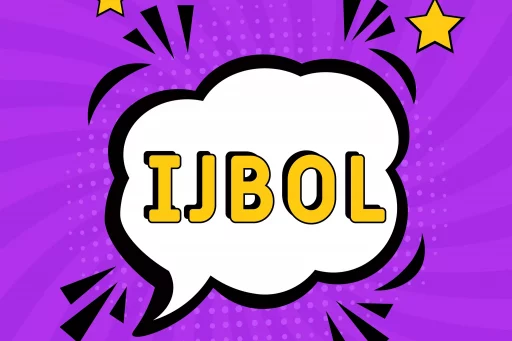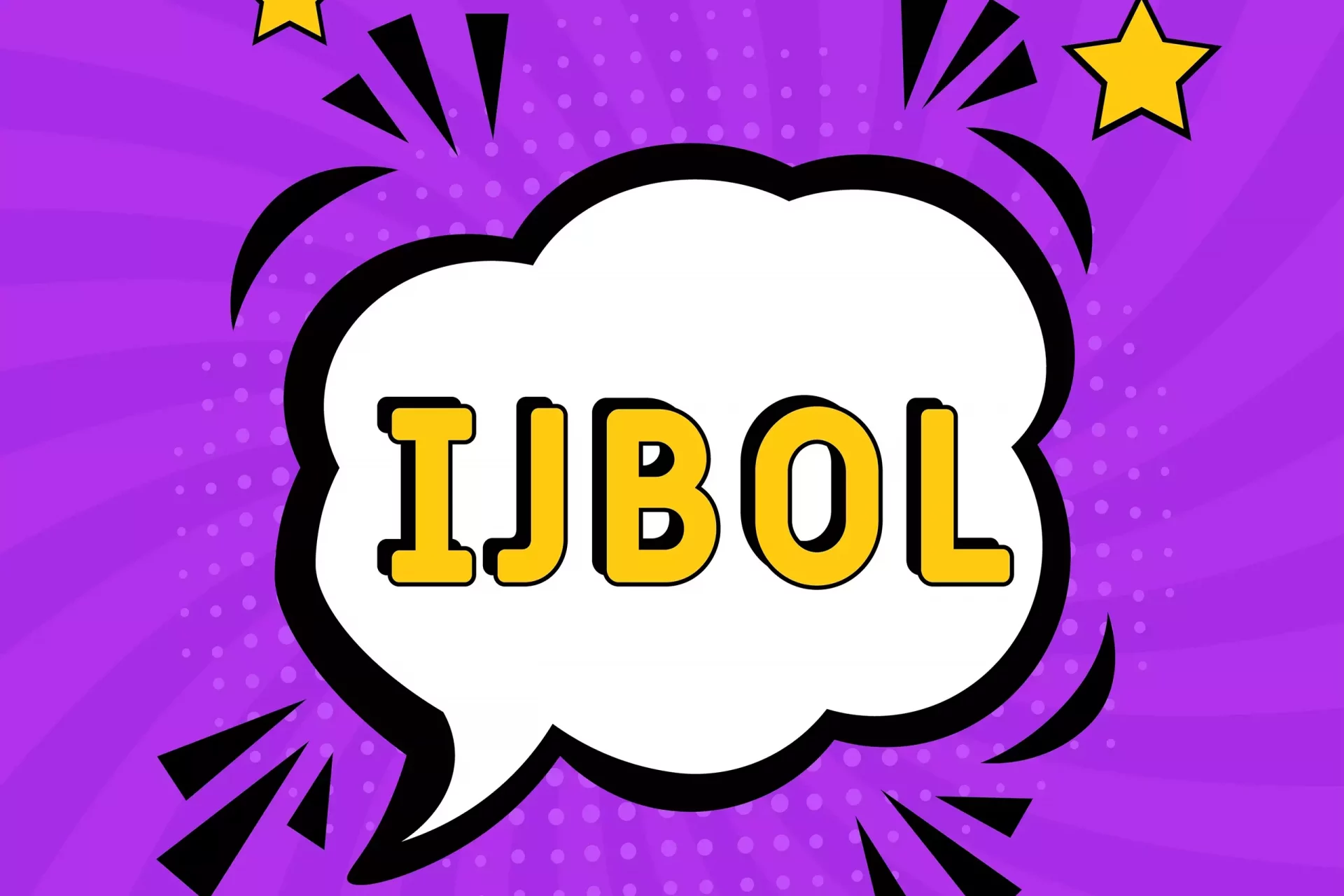Introduction
Unit slang, also known as military jargon, is a unique language spoken within armed forces around the world. It serves as a shorthand for communicating essential information quickly and effectively. In this article, we will explore the significance of unit slang, its common phrases, and how it fosters camaraderie among military personnel.
What is Unit Slang?
Unit slang refers to the specialized terminology used by military personnel to describe various aspects of military life, operations, and equipment. These terms often originate from specific military units and are passed down through generations of service members. Unit slang can vary significantly between branches of the military and even within different units of the same branch.
Examples of Unit Slang
1. Charlie Foxtrot (CF): A euphemism for a clusterfuck or chaotic situation.
2. POG (Person Other than Grunt): A derogatory term for non-combat personnel, such as administrative or support staff.
3. Hooah/Hooyah: A general expression of enthusiasm or agreement used in the Army and Navy, respectively.
Case Studies
One famous example of unit slang is the term “Jarhead,” used to refer to United States Marines. The origins of this nickname are debated, but it is believed to stem from the high and tight haircut worn by Marines, resembling a jar’s lid. Despite its seemingly derogatory nature, Marines often embrace the term as a badge of honor.
Statistics on Unit Slang
A survey conducted among military personnel found that over 90% of respondents use unit slang regularly in their day-to-day interactions. The same survey revealed that unit slang is not only a tool for communication but also a way to build camaraderie and a sense of belonging among service members.
Conclusion
Unit slang plays a vital role in the culture of military organizations, providing a common language for service members to communicate effectively and build cohesion. By understanding and embracing unit slang, civilians can gain insight into the unique experience of military life and the bonds forged through shared experiences and language.


